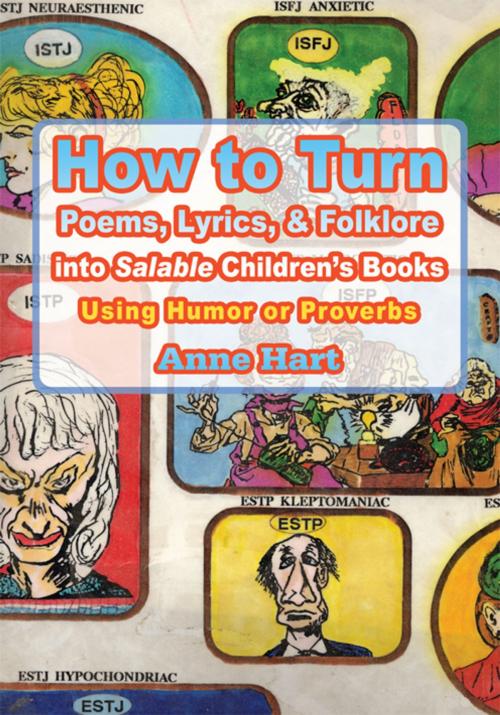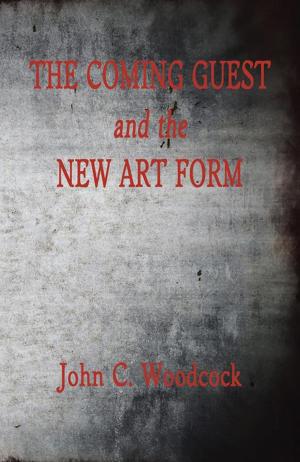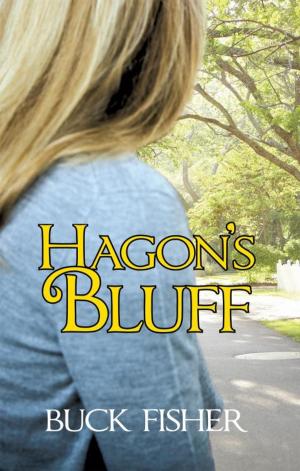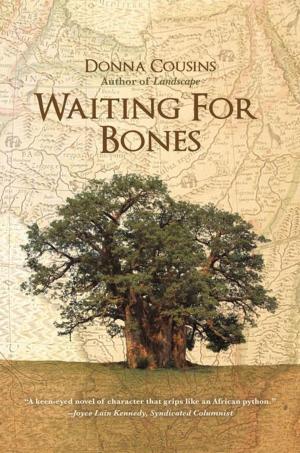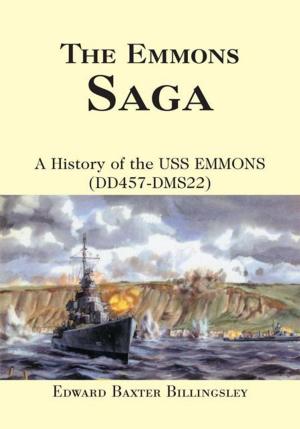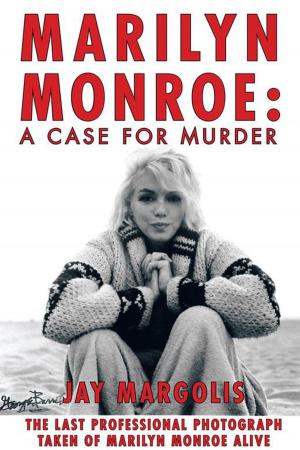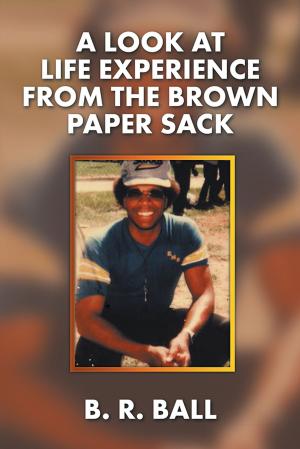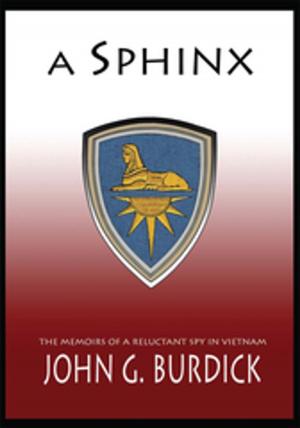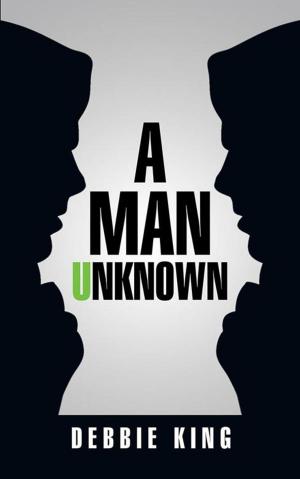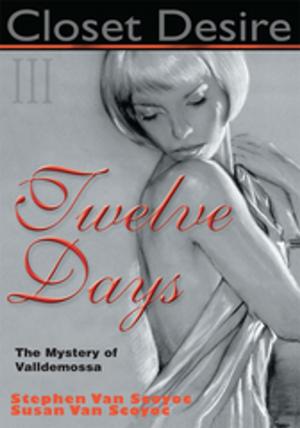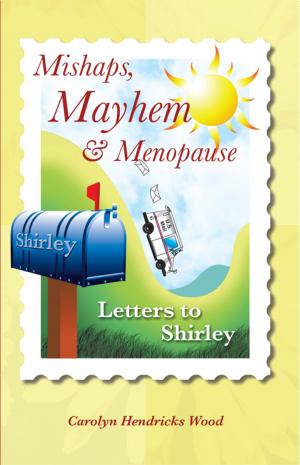How to Turn Poems, Lyrics, & Folklore into Salable Children's Books
Using Humor or Proverbs
Nonfiction, Reference & Language, Language Arts, Writing & Publishing, Writing Skills, Composition & Creative Writing, Reference| Author: | Anne Hart | ISBN: | 9781462065189 |
| Publisher: | iUniverse | Publication: | August 17, 2005 |
| Imprint: | iUniverse | Language: | English |
| Author: | Anne Hart |
| ISBN: | 9781462065189 |
| Publisher: | iUniverse |
| Publication: | August 17, 2005 |
| Imprint: | iUniverse |
| Language: | English |
Do you want to adapt your poem to a storybook that tells a story in words, and pictures-or only amplify the images that you create with words? Would you rather turn your poem into a picture book that tells a story with pictures?
Will words take second place to illustrations? Decide first whether you will write a story book or a picture book. Then use the images in your poem to clarify your writing. You won't be able to read a picture book into a tape recorder or turn it into an audio book or radio play. You will be able to narrate a word book for audio playing.
Start with an inspirational poem, proverb, or song lyrics. Ask children what makes them laugh. You can make something out of nothing. You can make a story out of anything intangible, such as an idea with a plan still in your mind.
Capture your children's dreams, proverbs, song lyrics, and the surprise elements that make them laugh. Record imagination, "what-if" talk, and personal history. A folktale or story is something that could come from any place in the past, from science, or from nothing that you can put your hands on.
What children want in a book, poem, or folklore is a cave where they can go to be themselves. When suspending belief, children still want to be themselves as they navigate fantasy.
The story book becomes a den or tree house where children can go inside, shut the door, and play. Introduce children to poetry by showing how you transform your poem into a children's book by expanding and emphasizing significant events in the life story of one child.
Poems, memorable experiences, significant life events or turning points are all ways to make something out of nothing tangible. You begin re-working a concept, framework, or vision. Here's how to write, publish, and promote salable material from concept to framework to poem to children's book-step-by-step.
Do you want to adapt your poem to a storybook that tells a story in words, and pictures-or only amplify the images that you create with words? Would you rather turn your poem into a picture book that tells a story with pictures?
Will words take second place to illustrations? Decide first whether you will write a story book or a picture book. Then use the images in your poem to clarify your writing. You won't be able to read a picture book into a tape recorder or turn it into an audio book or radio play. You will be able to narrate a word book for audio playing.
Start with an inspirational poem, proverb, or song lyrics. Ask children what makes them laugh. You can make something out of nothing. You can make a story out of anything intangible, such as an idea with a plan still in your mind.
Capture your children's dreams, proverbs, song lyrics, and the surprise elements that make them laugh. Record imagination, "what-if" talk, and personal history. A folktale or story is something that could come from any place in the past, from science, or from nothing that you can put your hands on.
What children want in a book, poem, or folklore is a cave where they can go to be themselves. When suspending belief, children still want to be themselves as they navigate fantasy.
The story book becomes a den or tree house where children can go inside, shut the door, and play. Introduce children to poetry by showing how you transform your poem into a children's book by expanding and emphasizing significant events in the life story of one child.
Poems, memorable experiences, significant life events or turning points are all ways to make something out of nothing tangible. You begin re-working a concept, framework, or vision. Here's how to write, publish, and promote salable material from concept to framework to poem to children's book-step-by-step.
